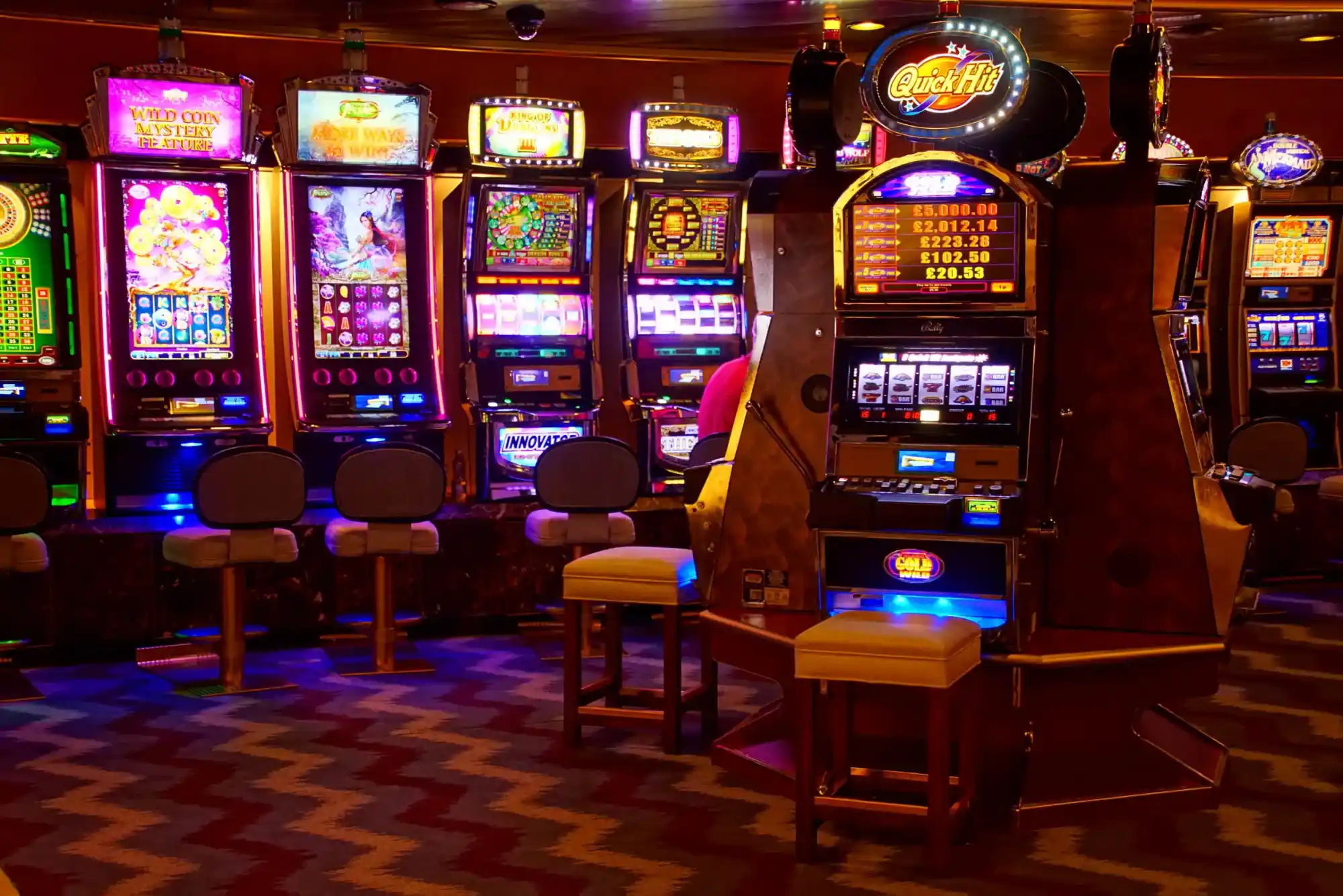The world of online slots is evolving at an incredible pace. As someone who has followed this industry closely for years, I’ve noticed a fascinating trend: regional slot preferences are playing a much larger role in how games are designed today. The days of one-size-fits-all slot machines are rapidly fading, replaced by a more nuanced, culturally aware approach that caters to players’ tastes across the globe.
Understanding Regional Slot Preferences
At the core of this shift lies the simple fact that players from different regions have varying expectations, gaming habits, and cultural influences. What excites a slot player in the UK might not resonate with a player in Japan or the Middle East. This growing understanding has pushed game developers to conduct deeper market research and tailor their slot designs accordingly.
For instance, European players often favor high-volatility slots with complex bonus features and progressive jackpots. Meanwhile, Asian markets tend to prefer games with intricate storylines, vibrant graphics, and lower volatility that allows for longer gameplay sessions. North American players often lean towards branded slots tied to popular movies, TV shows, or celebrities, seeking familiarity and entertainment value.
The Rise of Localization in Slot Design
Localization has become a crucial component of modern slot game development. Developers now go beyond simple language translations. They incorporate region-specific symbols, themes, music, and even math models that align with local gaming regulations and player psychology.
Take, for example, the popularity of 243-ways-to-win mechanics in some Asian markets, which differ significantly from the traditional paylines favored in European slots. Or consider how certain symbols—like dragons and koi fish—dominate slots designed for Chinese audiences, tapping into cultural motifs of luck and prosperity.
This attention to detail creates a more immersive experience for players and ultimately leads to higher engagement and retention rates for operators.
How Best Casino Sites Not on GamStop Leverage These Trends
The best casino sites not on GamStop have become prime examples of how regional slot preferences influence game design. Since these sites operate outside of the UK’s self-exclusion scheme, they often cater to a more diverse, international audience. As a result, their slot libraries tend to be broader and more eclectic, showcasing titles designed to appeal to players from various regions.
I’ve personally seen these sites offer an impressive mix of slots—from highly volatile Scandinavian-style games to colorful, anime-inspired Asian slots. This diversity not only attracts a global player base but also reflects the growing influence of regional preferences on game development.
Moreover, the best casino sites not on GamStop often partner with a wider range of software providers, including smaller studios that specialize in niche markets. This allows them to introduce innovative features that might not yet be mainstream on more regulated platforms.
The Role of Technology in Shaping Regional Designs
Advancements in technology have made it easier than ever for developers to create regionally targeted content. AI-driven analytics allow companies to study player behavior in real-time, identifying trends and preferences with incredible accuracy. This data then informs everything from theme selection to payout structures.
For example, if analytics reveal that players in a particular region favor frequent, smaller wins over rare, massive jackpots, developers can adjust the game’s volatility accordingly. This dynamic approach helps maintain player satisfaction and loyalty.
Virtual Reality (VR) and Augmented Reality (AR) technologies are also beginning to play a role, offering immersive experiences that can be tailored to specific cultural tastes. Imagine a VR slot designed to mimic a bustling Asian casino floor or an AR game that overlays Norse mythology onto a player’s real-world environment—the possibilities are virtually endless.
Regulatory Considerations Across Regions
While regional preferences shape game design from a creative standpoint, regulatory frameworks also play a significant role. Different jurisdictions impose varying restrictions on elements like maximum bet sizes, return-to-player (RTP) percentages, bonus features, and advertising.
The best casino sites not on GamStop often navigate a patchwork of international regulations, allowing them to offer games that might not be permissible under UKGC guidelines. This regulatory flexibility enables them to experiment with features that appeal to specific regional markets, such as higher betting limits or more aggressive bonus structures.
However, it’s important to note that while this freedom allows for more diverse offerings, players should always exercise caution and choose reputable sites that maintain high standards of fairness and security.
Real-World Examples of Regional Influences
Several recent slot releases illustrate how developers are responding to regional preferences:
- 88 Fortunes by Bally Technologies caters heavily to the Asian market with its emphasis on number 8, a symbol of luck in Chinese culture.
- Narcos by NetEnt taps into the global popularity of crime drama, particularly resonating with Latin American audiences familiar with the series’ setting.
- Book of Dead by Play’n GO continues to dominate European markets thanks to its high volatility and classic risk-reward structure beloved by many seasoned players.
On many of the best casino sites not on GamStop, you’ll find all these titles coexisting, demonstrating how a single platform can serve diverse regional tastes simultaneously.
The Future of Regional Slot Preferences
Looking ahead, I believe regional slot preferences will continue to exert even greater influence on game design. As globalization expands and online gambling becomes increasingly accessible, developers will need to strike a careful balance between creating universally appealing games and delivering regionally optimized experiences.
We may see more hybrid designs emerge—games that offer modular features or customizable interfaces allowing players to adjust volatility, themes, or bonus structures to suit their personal preferences. This level of personalization could represent the next frontier in slot development.
Furthermore, collaborations between developers and cultural consultants may become more common, ensuring that regional themes are represented authentically and respectfully. This not only enhances player engagement but also helps avoid missteps that could alienate certain audiences.
Conclusion: A More Diverse and Exciting Slot Landscape
In summary, the growing impact of regional slot preferences is reshaping the entire landscape of game design. From cultural motifs to gameplay mechanics, developers are paying closer attention than ever to what resonates with players in different parts of the world. This trend is particularly evident on the best casino sites not on GamStop, where regulatory flexibility allows for a broader and more experimental range of content.
As a long-time observer of the industry, I find this shift both exciting and encouraging. It signals a more player-centric approach to game development—one that respects cultural diversity and prioritizes individual enjoyment. For players, it means more choices, more engaging experiences, and ultimately, a richer online casino environment that continues to evolve in fascinating ways.




